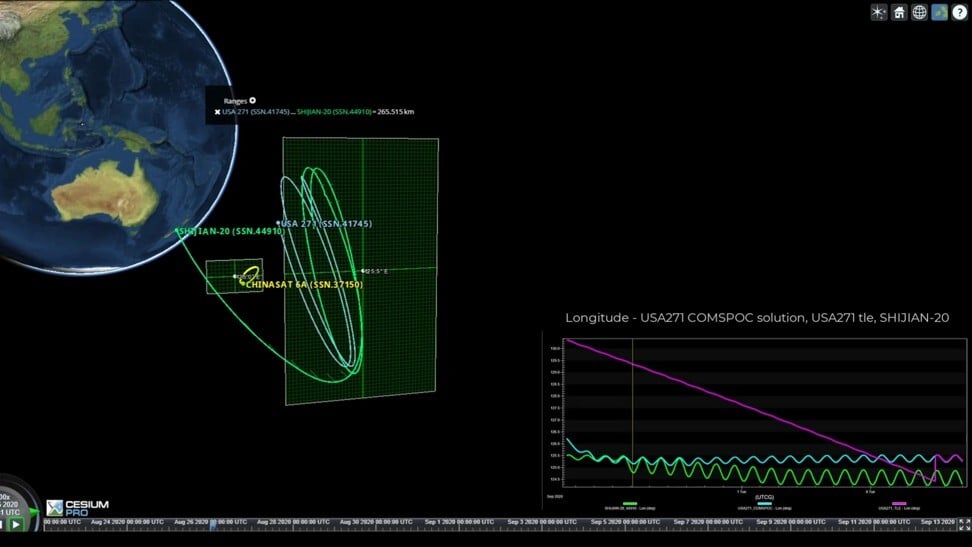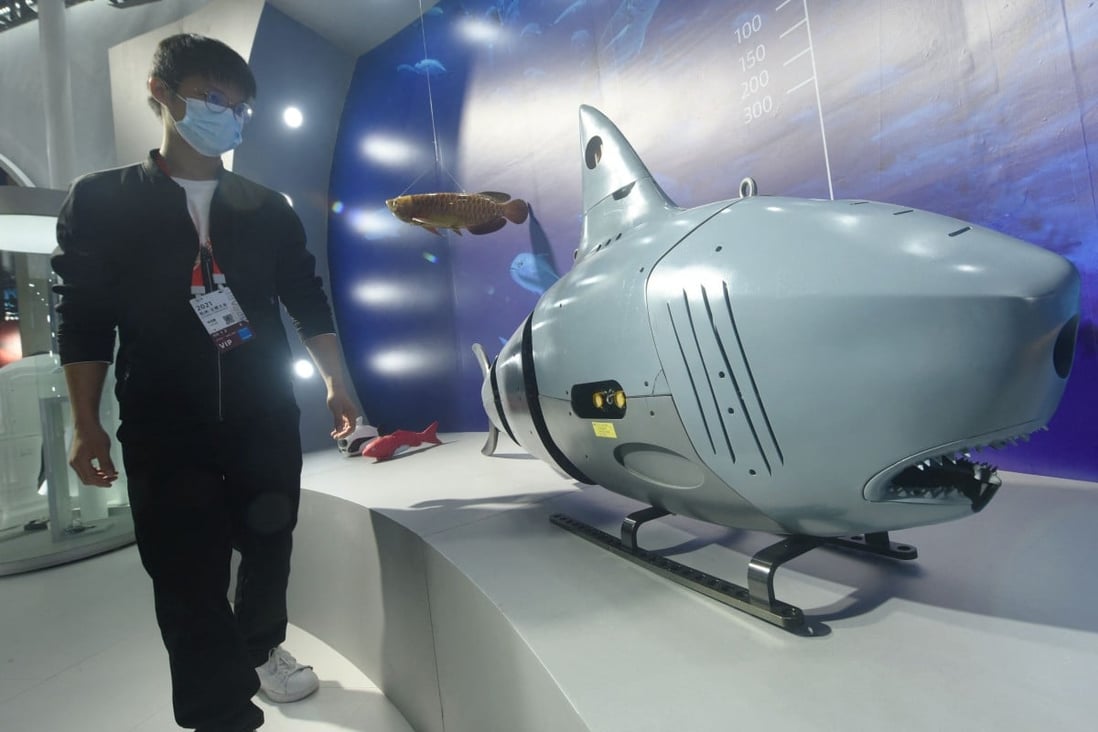The South China Morning Post (SCMP) reported that t
he marathon is scheduled for April in Daxing district, Beijing.
The humanoid robots, developed by companies from around the globe, will take to the streets alongside 12,000 human runners. The robots will run the entire race for the very first time this year.
This unprecedented race reflects China’s ambitious push to become a global leader in artificial intelligence and robotics
Reportedly, this first-of-its-kind race will see humans and robots challenge themselves on a 13-mile (21km) route. The top three runners will receive prizes. READ MORE...






